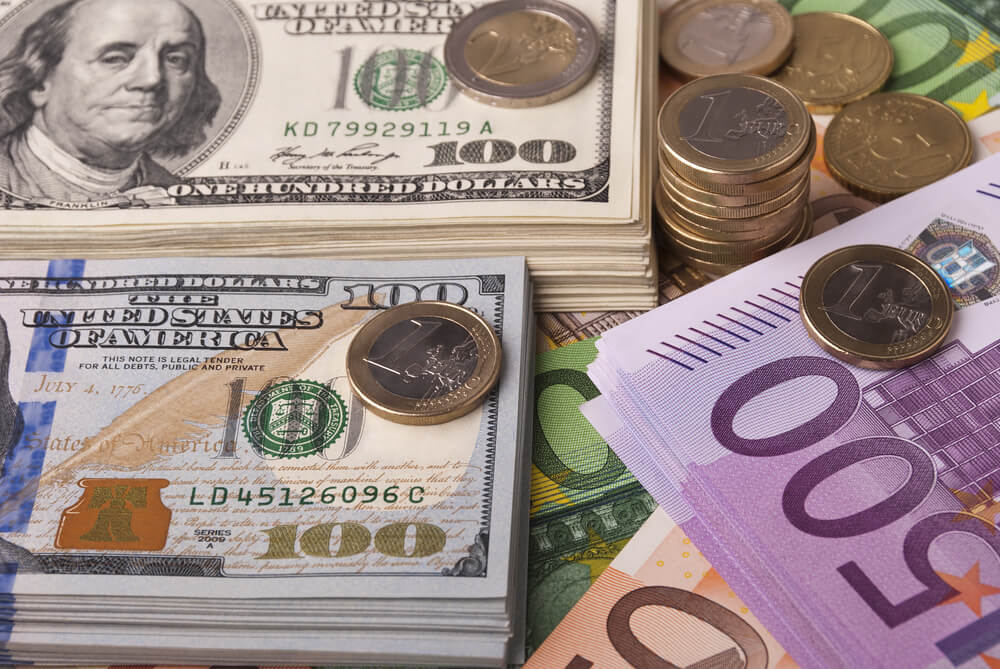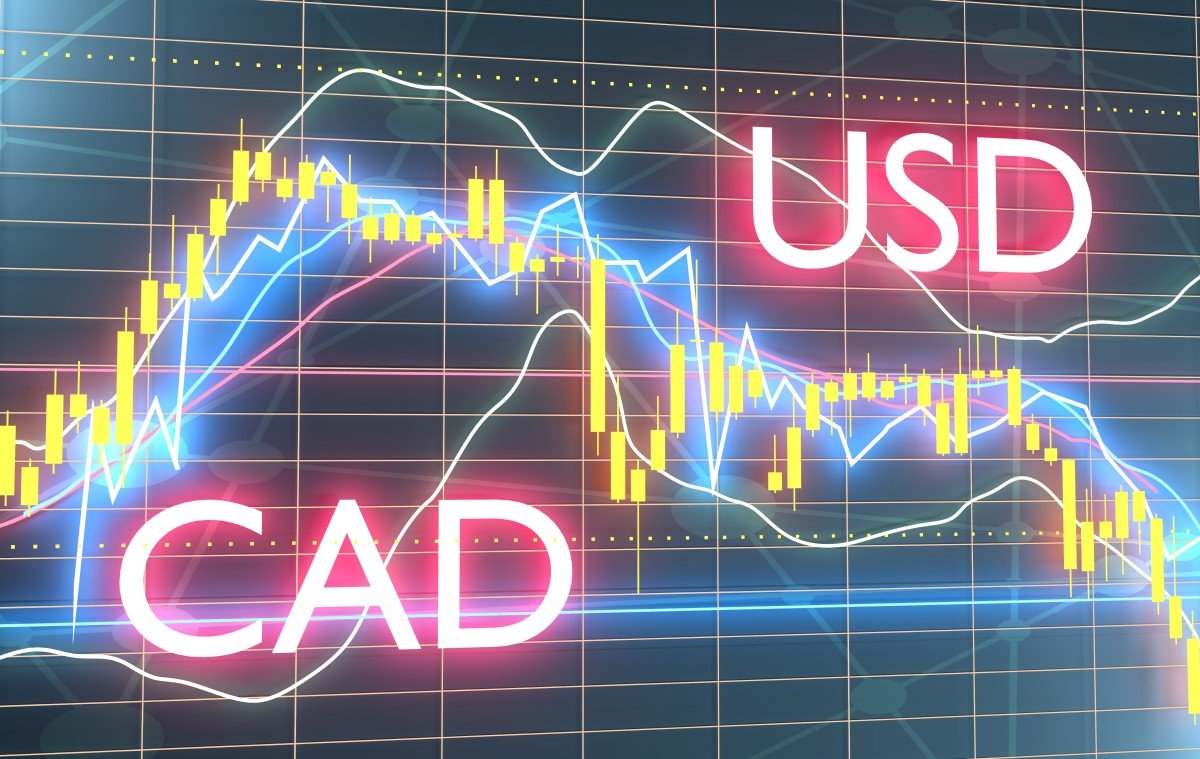Key Points
- EUR/USD is trading near 1.0650, close to the 200-hour EMA, with the potential to reach 1.0500 or recover to 1.0807, depending on economic cues.
- PMIs from the Eurozone and the US could impact currency, with the Eurozone showing slight growth and US data influencing Fed decisions.
- This week, upcoming PMI releases and other US economic reports may drive significant volatility and trading decisions for EUR/USD.
The EUR/USD currency pair, a significant barometer of transatlantic economic health, has witnessed a notable decline recently. Currently, the pair is trading around 1.0650, down from a previous level of 1.0880, marking a decrease of 2.62% during April. This recent movement reflects broader economic sentiments and fiscal dynamics between the Eurozone and the United States.
Technical Outlook: EUR/USD Near 1.0650
From a technical perspective, the EUR/USD is currently positioned near 1.0650, with its near-term low just above 1.0600. This position is critical as it hovers around key resistance levels, specifically the 200-hour Exponential Moving Average (EMA). Analysts suggest a potential decline could see the pair targeting the 1.0500 level. Conversely, a recovery might propel it towards the 200-day EMA at 1.0807, indicating possible upward momentum if broader economic conditions provide support.
Eurozone April PMI Expected to Rise to 50.8
Recent economic data from the Eurozone and the United States could potentially impact the trajectory of EUR/USD. Economists expect the April High Composite Output PMIs (HCOB PMIs) in the Eurozone to slightly improve to 50.8 from 50.3, suggesting a modest expansion in economic activity. Similarly, the Manufacturing PMI is anticipated to rise slightly. The expected increase in the Composite PMI may support the euro in Germany, a major Eurozone economy.
US Economic Slowdown: GDP Estimate Adjusted to 2.5%
In the United States, the economic performance is also a critical factor. The S&P Global PMI for April indicates expectations of a stable manufacturing sector with slight growth. Additionally, experts expect the GDP data for the latest quarter at an annualized rate of 2.5%, down from the previous 3.4%. Moreover, March’s Core PCE Price Index is expected to remain stable at 0.3% monthly. These figures are essential for gauging inflationary pressures and overall economic health, influencing Federal Reserve policy decisions.
EUR/USD Volatility Ahead on US Rate Cuts Speculation
Given the ongoing expectations of potential rate cuts by the US Federal Reserve, market sentiment remains cautiously optimistic yet volatile. Traders and investors should watch these cues, which could significantly impact EUR/USD’s direction in the short term. Technical and economic factors will likely influence trading strategies for this major currency pair in the coming days.














